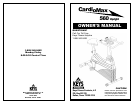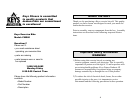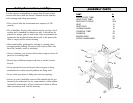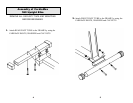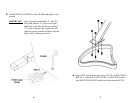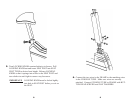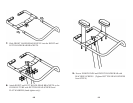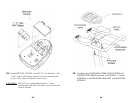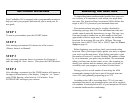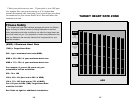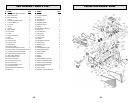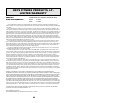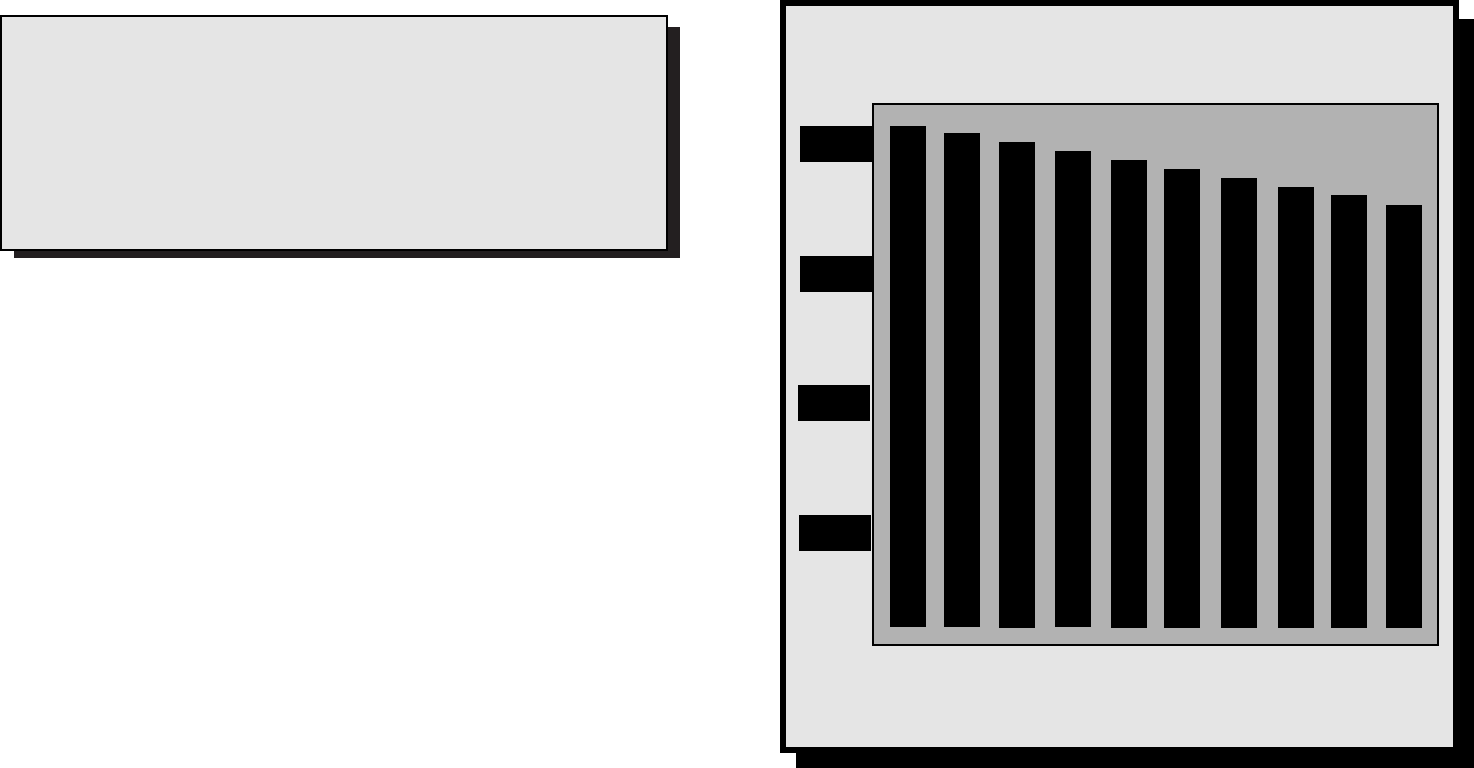
16 17
Check your pulse recovery rate – If your pulse is over 100 bpm
five minutes after you stop exercising, or if it’s higher than
normal the morning after exercising, your exertion may have been
too strenuous for your current fitness level. Rest and reduce the
intensity next time.
Fitness Safety
The target heart rate chart indicates average rate zones for different
ages. A variety of different factors (including medication, emotional
state, temperature and other conditions) can affect the target heart rate
zone that is best for you. Your physician or health care professional can
help you determine the exercise intensity that is appropriate for your
age and condition.
(MHR) = Maximum Heart Rate
(THR) = Target Heart Rate
220 - age = maximum heart rate (MHR).
MHR x .60 = 60% of your maximum heart rate.
MHR x .75 = 75% of your maximum heart rate.
For example, if you are 30 years old, your
calculations will be as follows:
220 - 30 = 190
190 x .60 = 114 (low end or 60% of MHR)
190 x .75 = 142 (high end or 75% of MHR)
For a 30 year-old the (THR) Target Heart Rate
would be 114-142.
See Table on right for additional calculations.
100%
85%
75%
60%
Serious
athletic
training range
Cardiovascular
conditioning
range
Fat burning
range
20 25 30 35 40 45 50 55 60 65
AGE
200
195
190
185
180
175
170
165
160
155
170
166
162
157
153
149
145
140
136
132
150
146
143
139
135
131
128
124
120
116
120
117
114
111
108
105
102
99
96
93
TARGET HEART RATE ZONE



